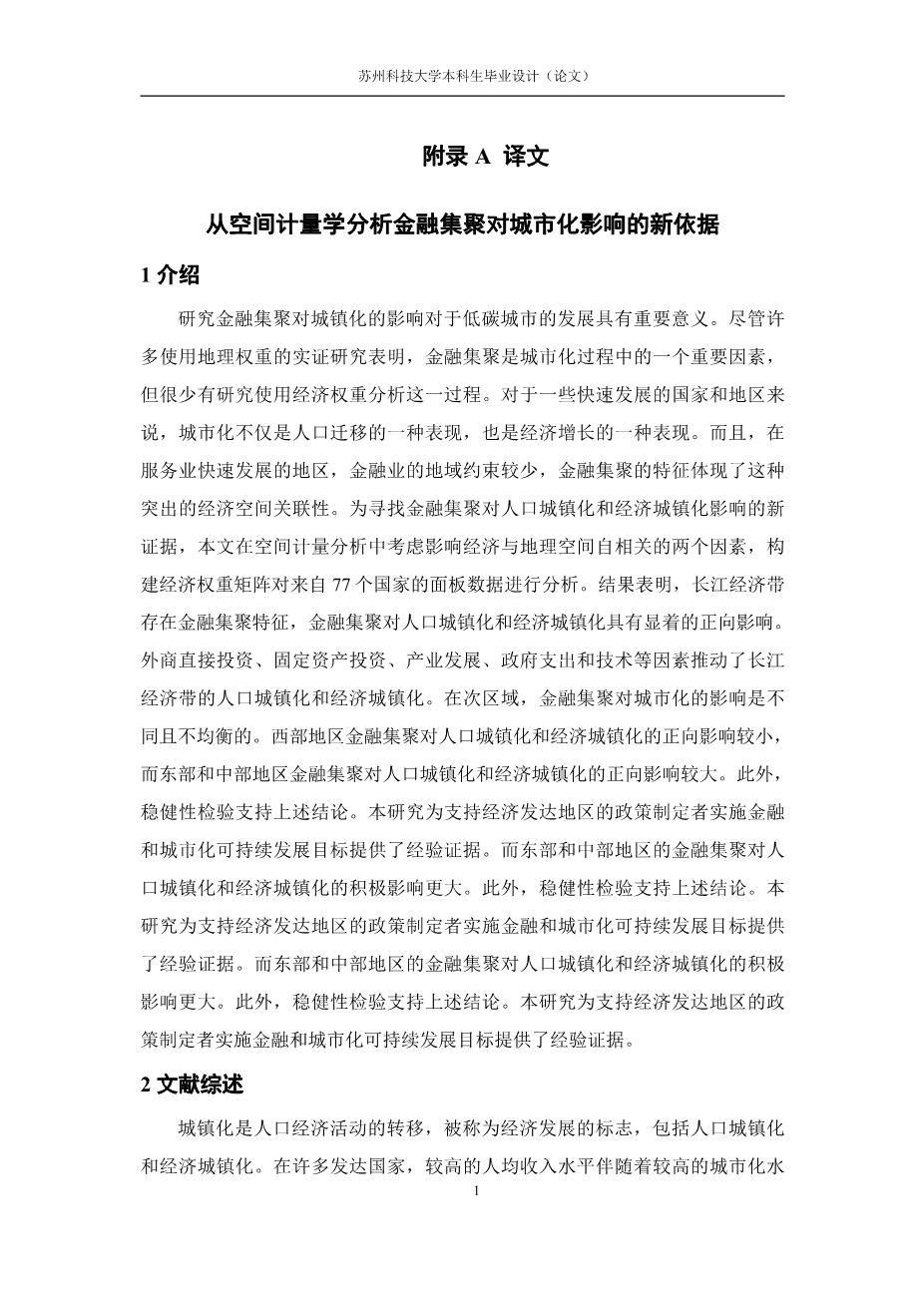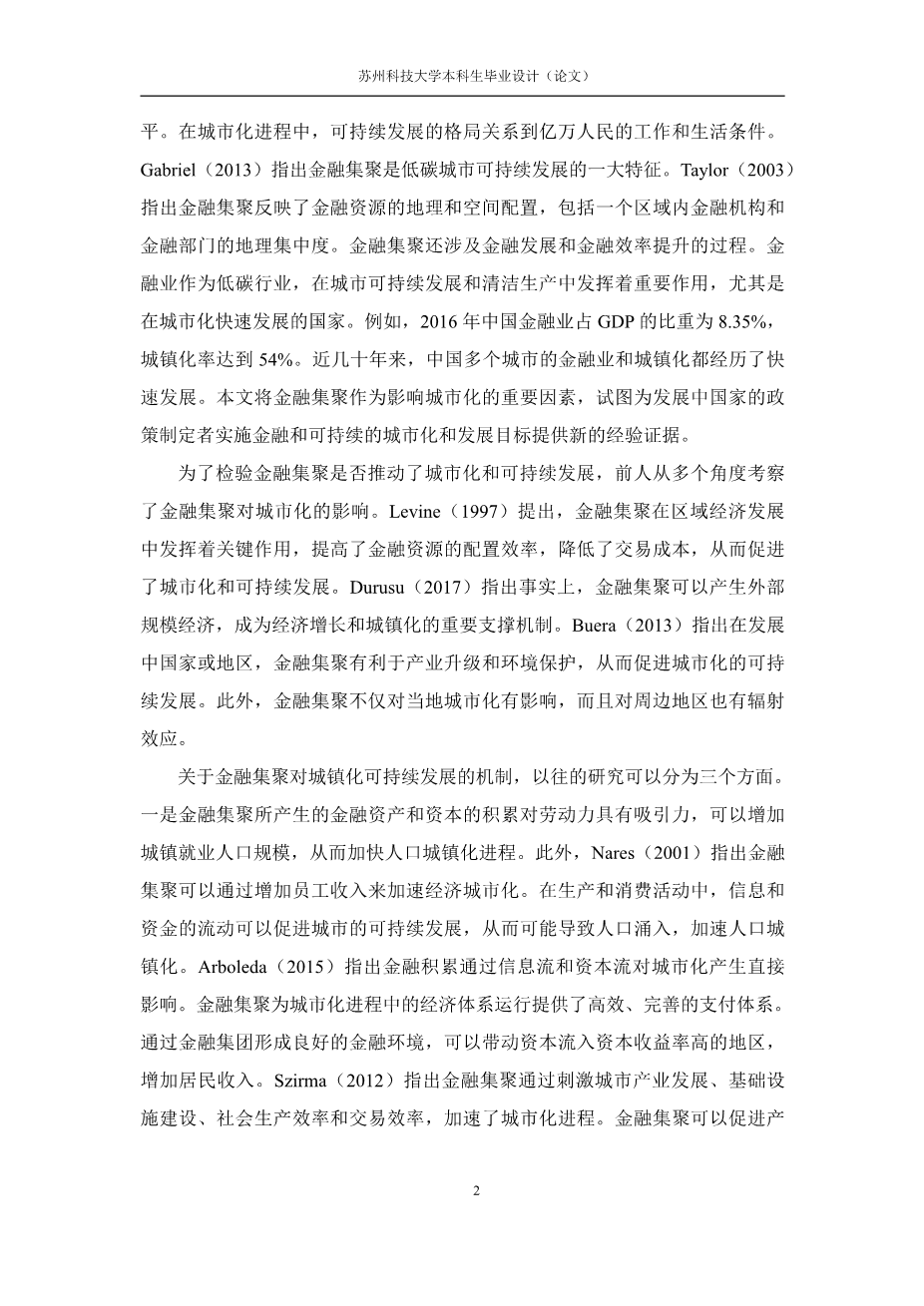Evaluation of the preparation and fertilizer release performance of planting concrete made with recycled-concrete aggregates from demolition
1 Introduction
Research on the impact of financial agglomeration on urbanization has great significance with regard to the cleaner development of low-carbon cities. Although many empirical studies using geographical weights reveal that financial agglomeration is an important factor in the process of urbanization, few studies have analyzed this process using economic weights. For some fast-growing countries and regions, the urbanization not only means a manifestation of population migration but also a representation of economic growth. Moreover, in areas where the service industry is rapidly developing, the financial industry has fewer geographical constraints, and the characteristics of financial agglomeration reflect this prominent economic spatial correlation. To find new evidence of the impact of financial agglomeration on population urbanization and economic urbanization, this paper considers two factors that affect the spatial autocorrelation between the economy and geography in a spatial econometric analysis, and constructs an economic weight matrix to analyze panel data from 77 cities in Chinas Yangtze River Economic Belt . The results show that there are financial agglomeration characteristics in the YREB, and financial agglomeration has a significant positive impact on population urbanization and economic urbanization. The factors such as foreign direct investment, fixed assets investment, industrial development, government expenditure and technology have promoted population urbanization and economic urbanization in the YREB. In the sub-regions, the impact of financial agglomeration on urbanization is different and uneven. Financial agglomeration in the western region has a small positive impact on population urbanization and economic urbanization, whereas financial agglomeration in the eastern and central regions has a greater positive impact on both population urbanization and economic urbanization. Furthermore, robustness tests support the above conclusion. This study provides empirical evidence to support the implementation of financial and urbanization sustainable development goals by policy makers in economically developed regions.
2 Literature reviews and hypotheses
Urbanization is the transfer of population economic activities, which is known as a hallmark of economic development, including population urbanization and economic urbanization. A higher level of per capita income is accompanied by a higher level of urbanization in many developed countries (Jedwab and Vollrath, 2015,Xuetal,2018)[1-2]. During the process of urbanization, the pattern of sustainable development is related to the working and living conditions of hundreds of millions of people. The financial agglomeration is one of the great features with the sustainable development of lowcarbon cities (Gabrieletal,2013)[3]. The financial agglomeration reflects the geographic and spatial allocation of financial resources, including the geographical concentration of financial institutions and financial sectors in a region. Financial agglomeration also involves processes of financial development and financial efficiency improvement (Taylor, 2003; Christophers et al,2012)[4-5]. As a low carbon emissions industry, the financial industry plays an important role in the sustainable development of cities and cleaner production, especially in countries with rapid urbanization. For example, Chinas financial industry accounted for 8.35% of GDP and the urbanization rate reached 54% in 2016. A number of cities in China have experienced rapid development in the financial industry and urbanization in recent decades (Yang Y.C. et al, 2017)[6]. This paper treats financial agglomeration as an important factor that influences urbanization, which attempts to provide new empirical evidence for policy makers in developing countries to implement financial and sustainable urbanization and development goals.To examine whether the financial agglomeration drives urbanization and sustainable development or not, the previous studies have investigated the impact of financial agglomeration on urbanization from various perspectives. Levine (1997) proposes that financial agglomeration plays a key role in regional economic development, which improves the efficiency of the allocation of financial resources and reduces transaction costs to promote urbanization and sustainable development [7]. In fact, the financial agglomeration can generate the external economies of scale, and has become an important support mechanism for economic growth and urbanization (Durusu et al, 2017)[8]. In developing countries or areas, the financial agglomeration is conducive to the industrial upgrading and environmental protection, so as to enhance the sustainable development of urbanization (Buera et al, 2010; Dempsey andPlantinga, 2013)[9-10]. In addition, the financial agglomeration not only has an impact on local urbanization, but also has a radiation effect on surrounding areas (Baldwin and Martin, 2001; Audress and Feldman, 2006)[11-12].With regard to the mechanism of financial agglomeration on the sustainable development of urbanization, the previous studies can be divided into three aspects. First, the accumulation of financial assets and capital generated by the financial agglomeration are attractive to the labor force, and can increase the size of the population employed in urban areas, so as to accelerate the population urbanization. Moreover, the financial agglomeration can accelerate the economic urbanization by increasing the income of employees (Naresh et al, 2001)[13]. Second, through the functions of the accumulation and allocation of financial capital, the financial agglomeration provides support for the sustainable development of urbani
剩余内容已隐藏,支付完成后下载完整资料


英语译文共 4 页,剩余内容已隐藏,支付完成后下载完整资料
资料编号:[589564],资料为PDF文档或Word文档,PDF文档可免费转换为Word


